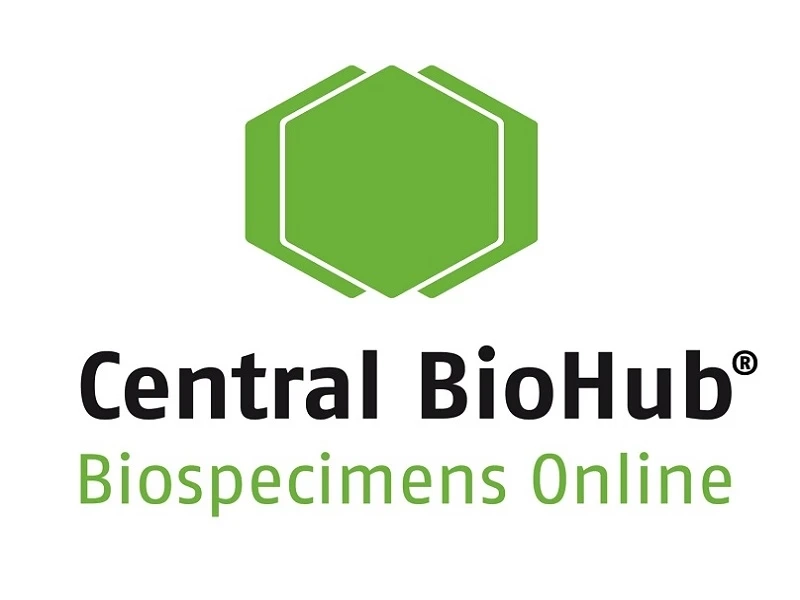Today, human tissue banking offers a wide range of opportunities and is essential to contemporary medical research. The specialized, licensed facilities known as tissue banks gather, process, store, and distribute human tissues for clinical transplantation, medical research, and educational purposes.
Tissue banking is an idea that is as old as skin grafting itself. Typically, human tissues specimens for banking are obtained from the human body while the patient is still alive during a clinical procedure, a biopsy, or surgery. The tissue samples may occasionally be taken from individuals who have died. After being examined, the collected human tissues are prepared for usage in sterile cryogenic units by processing and preserving them in tissue banks. Additionally, rigorous quality control is used to preserve the integrity of the samples and stop tissue damage due to natural processes like necrosis and apoptosis.
Use of Human Tissue Samples
This age has seen a rise in the acceptance and appeal of human tissue research in contemporary biomedical studies. Studies on human tissue specimens aid in the precise understanding of human biology and disease aetiology, which is essential for developing future novel diagnostic and therapeutic procedures. Research on human tissues aids in discovering human genetics and directs the development of translational and precision medicine.
By preserving transplantable tissues that have been removed from the living human body, tissue banks today play a vital role in clinical practice and medical research. In the event of burns or injuries, tissue transplantation aids in the repair or replacement of patients' lost, damaged, or damaged tissues to save their lives.
World’s Largest Tissue Bank Inventory
The morphogenesis of the human body and its typical and pathological physiology can be learned a great deal from the well-preserved, highly characterized type of human tissues stored at the human tissue biobank. For the researchers to support the aetiology and pathogenesis of the disease, it offers a picture of the patient's life journey. On the other side, poorly characterized human tissue samples can provide scant information, jeopardizing the validity of the research and often leading the researchers astray. Consequently, the availability of ideal human tissue samples and FFPE tissue blocks is essential in medical research.
Tissue banking, however, has changed during the past few decades. Today, numerous huge, modern tissue banks worldwide can store millions of samples of human tissue together with the information that goes with them. Ironically, the procedure for obtaining biospecimens is still time-consuming and challenging. The priceless human tissues frequently go unused and accumulate indefinitely in tissue bank storage facilities.
By providing millions of human tissue samples ethically obtained from patients and living donors worldwide, https://centralbiohub.de/opens the door to the most extensive tissue bank inventory in the world, assisting the global scientific community. Life scientists can quickly get human tissues for research and biopsy tissue samples by exploring their digital inventory at https://centralbiohub.de/Biospecimens/Tissue-Bank


